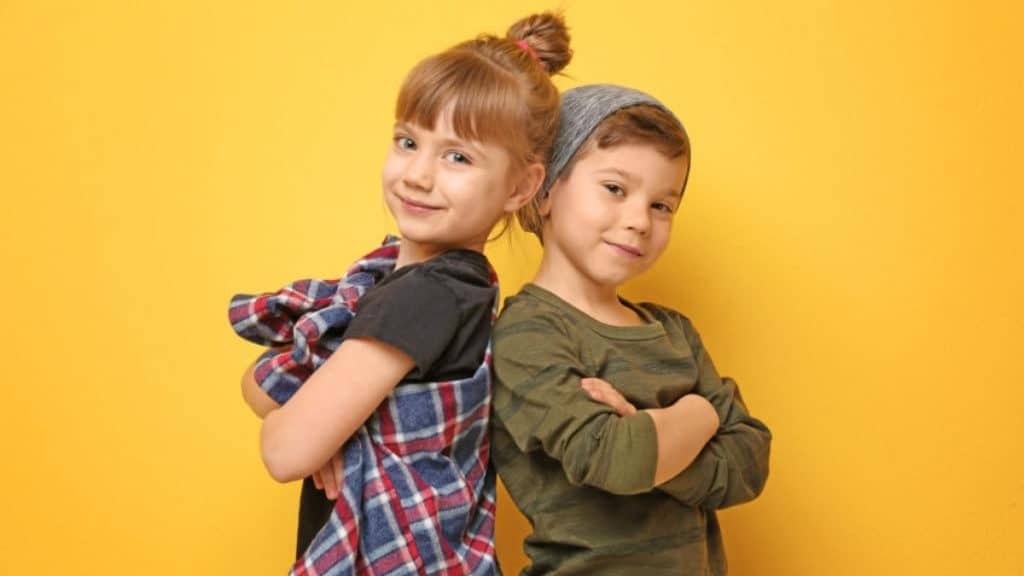Children’s self-esteem is an important aspect of their overall development. It shapes how they view themselves, interact with others, and face challenges. Modelling, in various forms, can significantly influence this self-esteem, whether it’s modelling healthy behaviour, academic success, or engaging in actual child modelling as part of the fashion or entertainment industries.
Understanding how modelling affects children’s self-esteem is essential for parents, educators, and guardians who want to nurture positive development.
Positive Role Models and Healthy Behaviour
One of the most influential forms of kids modelling that affects self-esteem is positive role modelling by adults. Parents, teachers, and caregivers set examples for children to follow, whether they intend to or not. When adults demonstrate healthy self-confidence, resilience, and constructive problem-solving, children are more likely to internalise these behaviours.
Children who observe adults facing challenges with a positive attitude or making efforts to improve themselves learn that growth and change are achievable. This positive approach fosters a growth mindset in children, helping them build higher self-esteem. For example, a child who sees a parent taking time for self-care or engaging in creative activities may feel more empowered to explore their own talents, boosting their sense of self-worth.
The Role of Media and Entertainment Modelling
The media also plays a crucial role in modelling, particularly when it comes to shaping a child’s self-esteem. Children are often exposed to a variety of models, actors, and celebrities through television, social media, and advertisements. While these can provide inspiration, they can also create unrealistic expectations about beauty, success, and body image.
For instance, children who are exposed to media portrayals of unattainable beauty standards may develop insecurities if they feel they don’t match these images. Social comparison can lead to diminished self-esteem, especially if children feel they fall short of what is seen as “ideal.” It’s important for adults to monitor the kind of media children are exposed to and to engage in conversations about how not everything they see represents real life.
Positive representation in the media, including diverse body types, backgrounds, and talents, can, however, foster healthy self-esteem by showing children that success and beauty come in many forms.
Child Modelling and the Fashion Industry
Enrolling children in professional modelling can have both positive and negative impacts on their self-esteem. Some children thrive in this environment, enjoying the recognition and opportunities to express their creativity. The experience can bolster their confidence and teach them discipline, teamwork, and how to handle constructive criticism.
However, the competitive nature of the modelling industry can also be damaging to children’s self-esteem. Rejection, appearance-based judgement, and the pressure to meet specific standards of beauty can take a toll on a child’s self-image. It’s essential that parents provide strong emotional support, helping their children understand that their worth isn’t tied to external validation or superficial standards.
Modelling in this context should be approached cautiously. Parents should focus on ensuring that the child’s experience remains fun and fulfilling rather than centred around competition or achieving perfection.
How Parents and Educators Can Support Healthy Self-Esteem
Parents and educators can take active steps to help children develop healthy self-esteem, particularly when they are involved in any form of modelling, whether it be social, academic, or professional.
1. Encourage effort over results
Emphasising the importance of trying and learning rather than achieving perfection can help children build resilience. It teaches them that their worth isn’t tied to success or external validation but to their perseverance and attitude.
2. Promote diverse role models
Showing children a range of successful people from various backgrounds, body types, and skills can expand their understanding of what it means to be confident and successful. This reduces the risk of them developing insecurities based on a narrow definition of success.
3. Open conversations about media
Talking to children about the images they see in the media and explaining how they are often idealised can help them develop a more realistic perspective. Reinforce that everyone is unique and that media portrayals do not define real-life worth.
4. Balance modelling with play and creativity
If children are involved in professional modelling, ensure they have time for regular childlike activities, free from the pressures of competition. This balance can protect their self-esteem and allow them to enjoy the experience without feeling overwhelmed.
Let Your Child Experience Modelling
Modelling, in its various forms, has a profound impact on children’s self-esteem. Positive role models, healthy media portrayals, and balanced involvement in professional modelling can help children develop a strong sense of self-worth.
By fostering open communication, promoting diversity, and focusing on effort rather than outcomes, parents and educators can ensure that modelling contributes positively to children’s self-esteem, laying the groundwork for a confident and resilient future.
